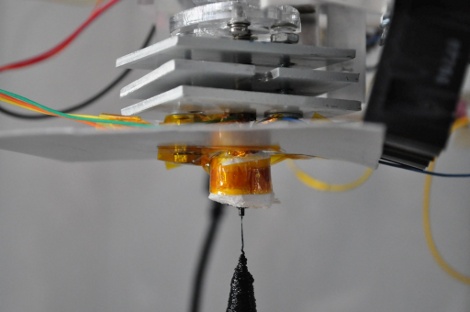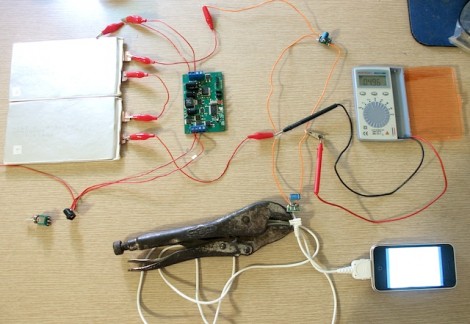
It’s no secret that the central US is feels like a very humid oven right now. [Erik’s] window AC hack might help you out if you’re coping with triple-digit temperatures. He added network connectivity to the unit above but the picture is a bit deceiving. The blue CAT-5 cable that enters the bottom isn’t connecting directly to the network, but extends the up and down button connections for the unit to an external relay board. From there he uses an SNMP board to connect it to the network and uses PHP commands to reset the temperature. The unit has a working range of 66-88 degrees Fahrenheit so he cycles enough button press to reach the maximum or minimum level, then sets the desired temperature (avoiding the need to know what temperature the unit is currently set at).
If you’ve got an AC unit with a remote control you could always use an IR device to patch into the system for similar functionality.














